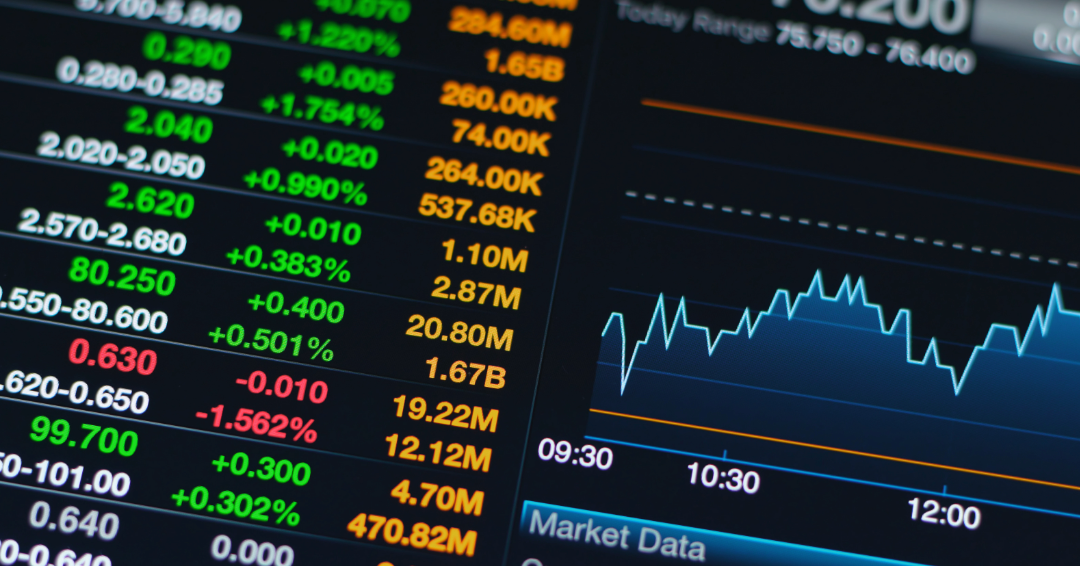In recent years, collectibles have emerged as a notable alternative investment class, prompting comparisons with traditional assets like stocks, cryptocurrencies, and real estate. This article explores how collectibles function as investments, examining aspects such as risk, liquidity, market volatility, and real-world performance. Additionally, we highlight how Collectiblepedia serves as an invaluable research tool for collectors and investors alike.
Collectibles as Alternative Investments
Collectibles encompass a wide array of items, including art, rare coins, vintage cars, and trading cards. Unlike traditional investments, collectibles are tangible assets that often hold cultural or historical significance.
Behavior Compared to Traditional Assets:
- Stocks: Represent ownership in companies and are influenced by corporate performance and broader economic factors.en.wikipedia.org
- Cryptocurrencies: Digital assets known for high volatility and speculative trading.
- Real Estate: Physical properties that can provide rental income and potential appreciation.
Collectibles differ in that their value is primarily driven by rarity, condition, and demand within niche markets. They often have a low correlation with traditional financial markets, offering diversification benefits.
Risk, Liquidity, and Market Volatility
Risk:
- Collectibles: Values can be unpredictable, influenced by trends, cultural shifts, and subjective preferences. The market lacks standardization, making valuation challenging.
- Stocks and Cryptocurrencies: Subject to market fluctuations, economic indicators, and investor sentiment. Cryptocurrencies, in particular, are highly volatile.
- Real Estate: Generally considered stable but can be affected by economic downturns and interest rate changes.
Liquidity:
- Collectibles: Often illiquid; finding buyers can be time-consuming, and transaction costs are high.
- Stocks and Cryptocurrencies: Highly liquid, with markets facilitating quick transactions.
- Real Estate: Moderate liquidity; properties can take months or years to sell.
Market Volatility:
- Collectibles: Generally less volatile but can experience sudden value changes due to trends or high-profile sales.
- Stocks and Cryptocurrencies: Stocks exhibit moderate volatility; cryptocurrencies are highly volatile.
- Real Estate: Typically stable, with gradual value changes.
Real-World Examples of Collectibles Outperforming Stocks
Certain collectibles have outperformed traditional investments:casino.org
- Trading Cards: The market for trading cards has seen significant growth, with some rare cards appreciating substantially in value.
- Fine Wine: Investments in fine wines have yielded impressive returns, with prices rising by 146% over the past decade.
- Art: Art investment funds have gained traction, with some targeting returns of around 12%. ft.com
Why Collectiblepedia is the Perfect Research Tool
Collectiblepedia is an essential resource for collectors and investors:
- Comprehensive Database: Offers detailed information on a vast array of collectibles, aiding in informed decision-making.
- Market Analysis: Provides up-to-date market trends and valuation insights, helping users track investment performance.
- Educational Resources: Features articles and guides on collecting strategies, market dynamics, and investment tips.
- Community Engagement: Facilitates connections among collectors, fostering knowledge sharing and networking.
By leveraging Collectiblepedia, investors can navigate the complexities of the collectibles market with confidence and precision.
Collectibles offer a unique avenue for diversification, with potential for significant returns. However, they come with distinct risks and challenges. Utilizing tools like Collectiblepedia can empower investors to make informed decisions, balancing passion with prudence in the pursuit of alternative investments.







